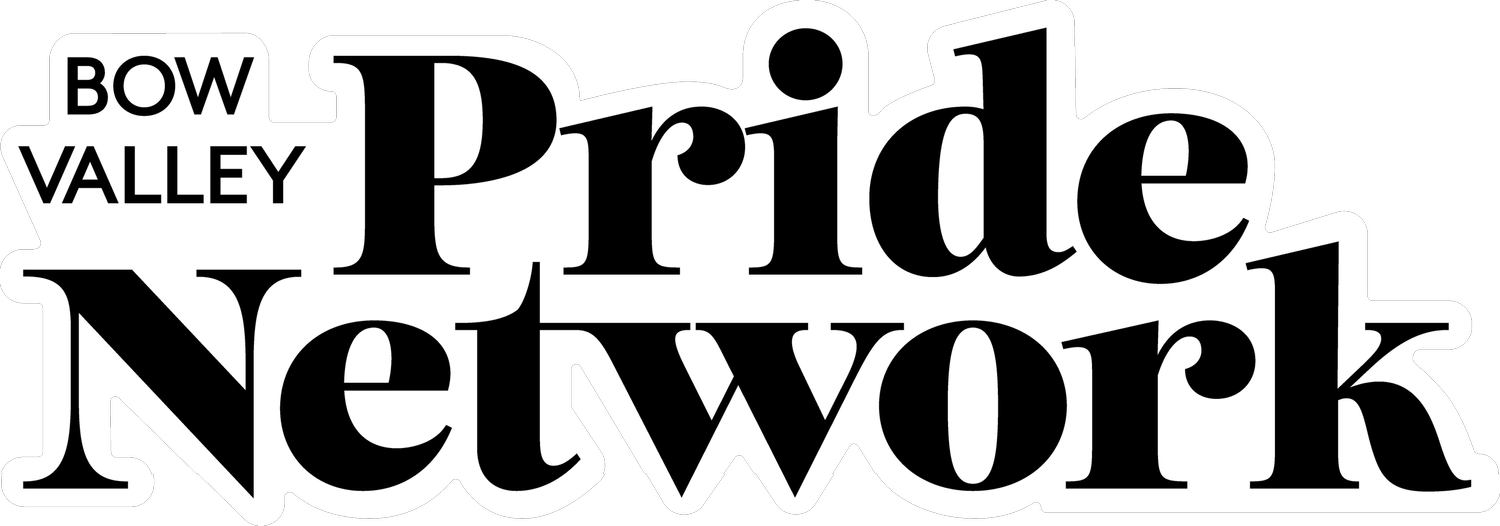The Legal Side of Business in the Bow Valley: What Every Entrepreneur Needs to Know
Running a business in Banff, Canmore, or Lake Louise takes more than passion and vision, it also requires a solid understanding of your legal responsibilities. Whether you’re offering inclusive wellness retreats, operating a mobile salon, or building a consulting business, knowing your legal obligations can save you time, money, and stress.
At the Bow Valley Pride Network, we support 2SLGBTQIA+ entrepreneurs through our SMARTstart program, where topics like business structure, insurance, and legal protection are broken down into practical, easy-to-understand guidance. Here’s what you need to know as you grow your business in the Bow Valley.
Step One: Choose Your Legal Structure
The legal structure you choose impacts everything from taxes to liability. In Alberta, most small businesses choose between:
Sole Proprietorships: Simple and inexpensive to set up. You’re personally responsible for all debts and liabilities.
Partnerships: Shared risk, shared reward. Make sure to create a partnership agreement from the start.
Incorporations: Separate legal entity. Offers liability protection, potential tax benefits, and more credibility with funders and clients.
Cooperatives: Ideal for community-run businesses or groups with shared ownership.
Each option has its pros and cons, so it’s worth consulting a lawyer or accountant before deciding.
Step Two:
Get the Right Licenses, Permits, and Numbers
To operate legally, you may need a municipal business license, tourism or Parks Canada permits, and industry-specific approvals. Use BizPal to check what’s required for your location and industry.
You’ll also need a Business Number (BN) from the Canada Revenue Agency if you:
Collect GST
Hire employees
Import or export goods
File corporate income taxes
Step Three:
Understand Employment Status—Employee or Contractor?
One of the most misunderstood legal topics is the difference between an employee and a contractor. The distinction matters a lot. It affects taxes, insurance, entitlements, and liability. Misclassifying a worker can lead to fines, back payments, and lost benefits.
According to Alberta's Employee or Contractor? Know the Difference guide, the key distinction is the nature of control and independence.
Consider the following:
Who decides how and when the work is done?
Who provides the tools and equipment?
Is the worker free to serve multiple clients?
Are taxes and CPP/EI deducted at source?
Does the relationship end after the project?
Having a written contract helps, but does not guarantee classification. If in doubt, consult CRA or Employment Standards.
Step Four:
Protect Your Business with the Right Insurance
Insurance helps protect your business from lawsuits, damages, or interruptions. Types to consider include:
General Liability Insurance: Covers customer injuries or property damage.
Professional Liability Insurance: For service-based businesses like consultants or designers.
Business Interruption Insurance: Essential in tourism-heavy regions like Banff and Canmore where weather and seasonality can impact operations.
Workers’ Compensation Board (WCB) Coverage: If you hire staff, this may be required. Even if you're a sole proprietor, purchasing optional coverage may protect you if you're injured while working for someone else.
Your insurance needs depend on your business structure, type of service, and whether you hire employees or contractors. Always speak to a local insurance broker to ensure you're covered.
Step Five:
Set Up Contracts That Protect Everyone
A written contract outlines expectations, responsibilities, and liabilities. Key things to include:
Payment and invoicing terms
Who supplies tools and materials
Termination clauses
Insurance and permit responsibilities
Ownership of work (copyrights, designs, etc.)
Even if you're working with friends or former employers, contracts help prevent misunderstandings and clarify obligations for both sides.
Step Six:
Learn From Others’ Mistakes
Alberta has seen many cases where workers believed they were contractors, but were legally considered employees. This can trigger back payments for EI, CPP, vacation, overtime, and general holiday pay. Both CRA and Employment Standards may investigate if red flags appear.
For example:
If you are incorporated but only work for one client and use their tools at their office, you may be considered an employee.
If you set your own hours, use your own tools, serve multiple clients, and control how the work is done, you are likely a contractor.
Check your status regularly, especially as your business evolves.
Grow with Confidence: Join SMARTstart
Understanding business law doesn’t have to be overwhelming. Our SMARTstart program is a free, local initiative that helps 2SLGBTQIA+ entrepreneurs build strong foundations. We cover:
Business structure and registration
Insurance and legal risks
Hiring and contracting
Tax obligations
Contracts and employee classification
Applications are now open for Fall 2025
Apply at: pridenetwork.ca/smartstart
Need more help?
Follow us on LinkedIn for more tips and resources. We’re here to help you navigate the legal side of doing business, so you can focus on thriving.
